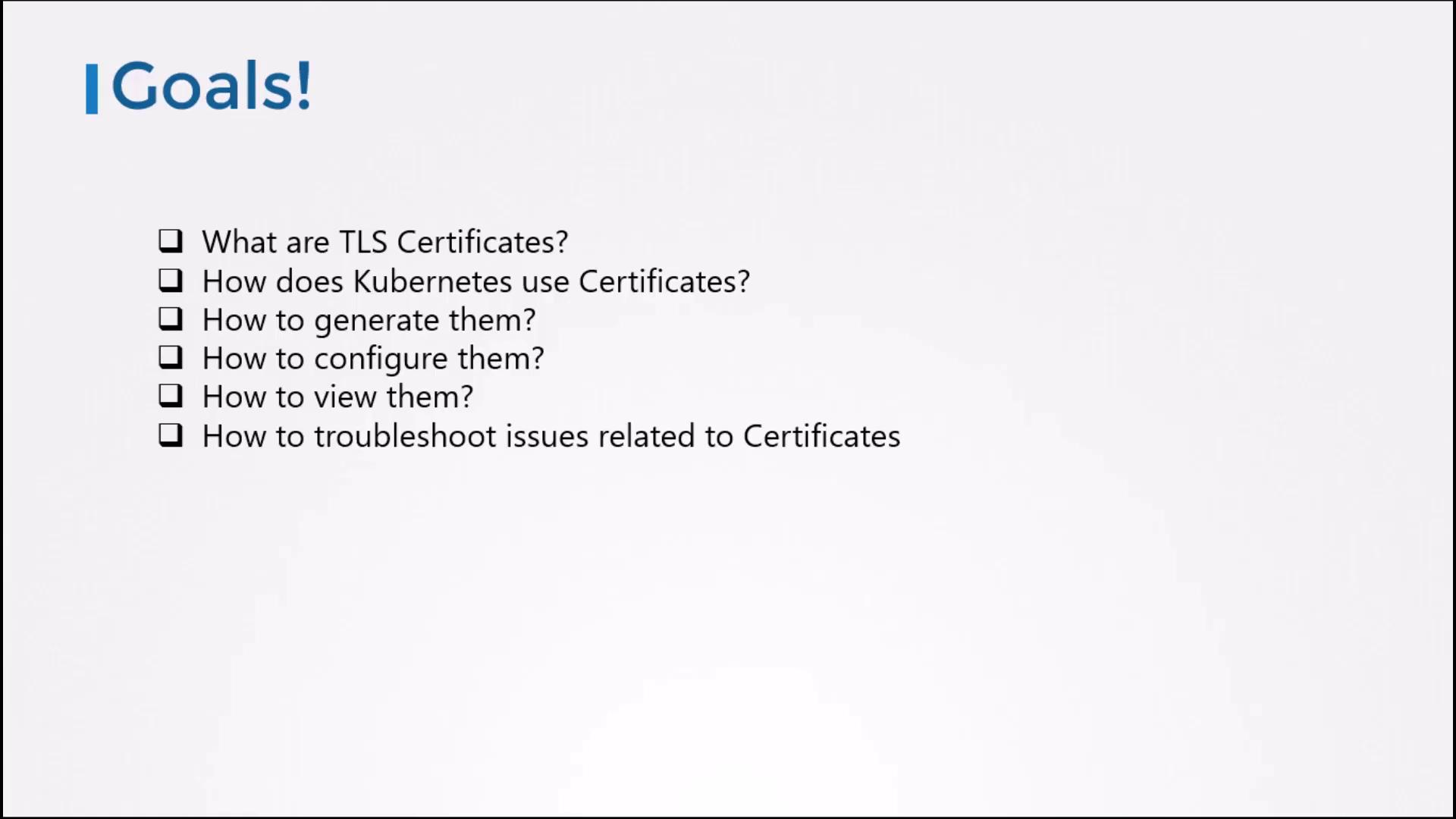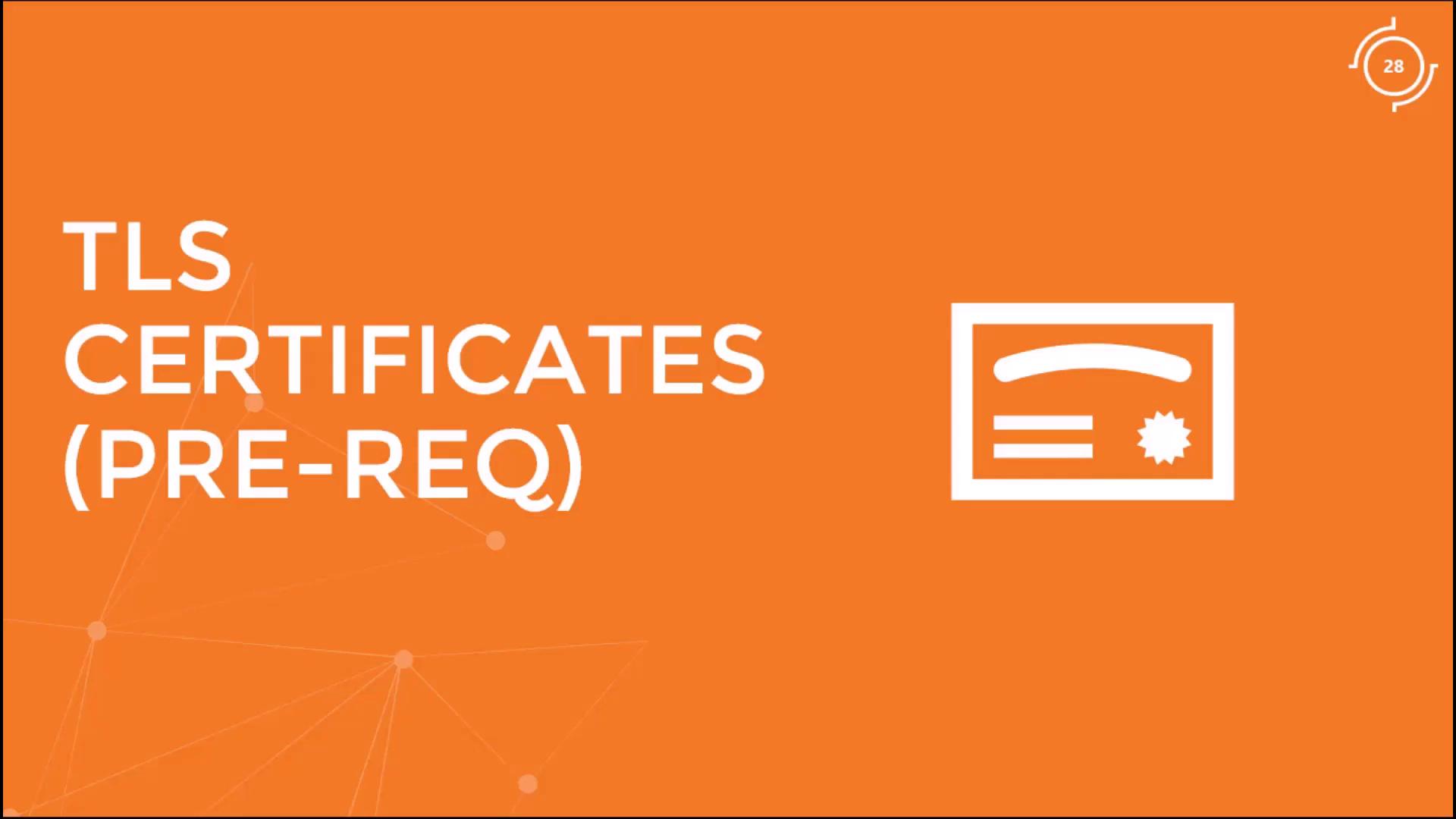Kubernetes and Cloud Native Security Associate (KCSA)
Platform Security
Connectivity TLS Introduction
Securing communication in a Kubernetes cluster hinges on a solid understanding of TLS certificates and Certificate Authorities (CAs). Without this foundation, configuring and troubleshooting TLS-related issues can be challenging.
In a recent poll, many participants indicated limited experience with TLS certificates. To address this gap, this lesson series covers both general TLS fundamentals and Kubernetes-specific implementations.
Note
This section starts with the basics of public key cryptography and certificate lifecycles. If you’re already familiar with these topics, you can skip ahead to the Kubernetes-Specific Topics further below.
Goals for TLS Certificate Mastery

By the end of this module, you will be able to:
| Objective | Description |
|---|---|
| Understand TLS certs and CAs | Explain public/private key pairs, trust chains, and the role of CAs |
| Generate and configure TLS certificates | Use tools such as openssl, cfssl, and Kubernetes resources |
| Inspect certificate contents and validity | Leverage openssl x509, kubectl get csr, and certificate metadata |
| Troubleshoot certificate issues | Diagnose common TLS handshake failures and misconfigurations in Kubernetes |
Prerequisites: Core TLS Concepts

Before diving into Kubernetes integrations, make sure you understand:
- Public Key Cryptography: Asymmetric key pairs, digital signatures, and encryption.
- Certificate Authorities (CAs): Root vs. intermediate CAs, trust stores, and signing processes.
- Certificate Lifecycle: Creation (CSR), issuance, renewal, and revocation.
Warning
Ensure that openssl (version 1.1 or higher) is installed on your system. Certificate operations in this course rely on OpenSSL commands.
Kubernetes-Specific Topics
Once you’ve reviewed the TLS fundamentals above, the following Kubernetes-focused lectures will explore:
- API Server and kubelet certificates – How Kubernetes generates and rotates its own certs.
- Mutual TLS (mTLS) – Implementing service-to-service authentication within a cluster.
- Cert-Manager integration – Automating certificate issuance and renewal.
- Troubleshooting TLS in real clusters – Common errors, log analysis, and remediation steps.
References and Further Reading
Watch Video
Watch video content